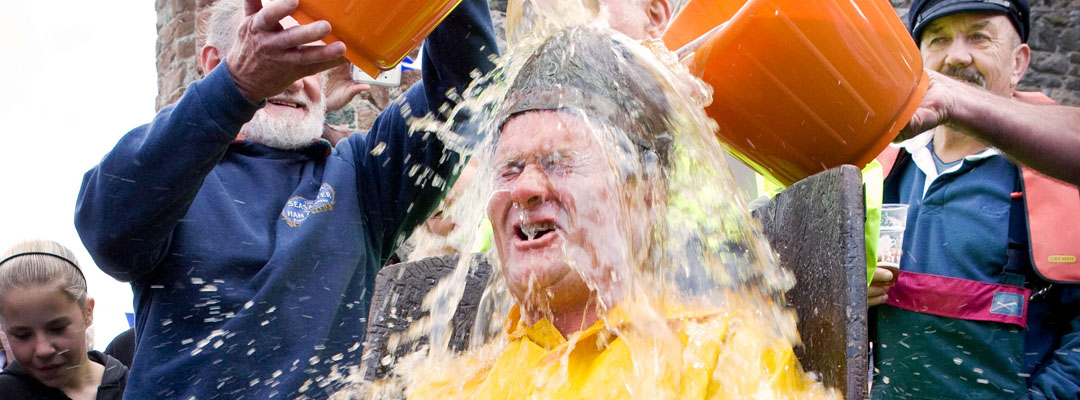Lambert Simnel and Piel Island
The King of Piel: how a Yorkist claimant to the English throne failed to usurp Henry VII in the final chapter of the Wars of the Roses – but gave the people of Piel in Cumbria their most enduring legend in the process.

PRETENDERS AND PUBLICANS
In the Ship Inn on the tiny island of Piel, a short stroll from Piel Castle, stands a battered high-backed wooden chair of uncertain date. This is the throne of the ‘King of Piel’, a title adopted by whoever the current landlord of The Ship happens to be.
His realm is a 50-acre islet at the mouth of Barrow-in-Furness harbour, which he shares with the impressive 14th-century Piel Castle, built by the abbots of Furness, a small group of houses, and numerous passing seabirds. The title – according to that highly unreliable authority, ancient tradition – derives from a rather more ambitious would-be monarch, who landed at Piel on 4 June 1487.
BOY KING
This pretender was Lambert Simnel, in reality the ten-year-old son of an Oxford craftsman.
According to his diehard Yorkist promoters, however, the boy was actually Edward, Earl of Warwick, son of Edward IV’s brother the Duke of Clarence and thus the rightful heir to the throne of England, usurped by Henry VII after the Battle of Bosworth in 1485.
Though King Henry paraded the genuine Earl of Warwick through the streets of London, the Yorkists and their Irish supporters preferred their own candidate. Simnel was crowned ‘Edward VI’ in Dublin, with a gold circlet borrowed from a saint’s statue. Shortly afterwards his army sailed to Piel.
ENGLISHMEN, IRISHMEN AND GERMANS
Piel had been pre-reconnoitred as their landing place, partly because it was near the lands of the rebels’ few English allies.
No resistance by Piel Castle is recorded. By this time it was essentially a fortified warehouse for the merchandise of Furness Abbey, including wool, which was reportedly smuggled overseas without customs dues being paid. So perhaps the abbey was quietly squared in advance.
Commanded by the Yorkist lords, the boy king’s force of about 8,000 men – English dissidents, poorly equipped Irish and about 2,000 tough German mercenaries led by a professional soldier, Martin Swart – must have crowded the little island to overflowing.
THE LAST BATTLE
Fortunately they did not stay long. Just 12 days after their landing, on 16 June 1487, they were utterly defeated by King Henry’s much larger army at Stoke Field near Newark – the final battle of the Wars of the Roses.
Most of the rebel leaders were brutally killed. But young Lambert, rightly judged an innocent pawn, was instead put to work as a scullion in the royal kitchens. He later became a falconer, living on well into the reign of Henry VIII. After all, he had never been king of anywhere but Piel.
KING OF BEERS
Whether, as they claim, the later ‘Kings of Piel’ are actually his direct successors is questionable. More probably the title originated as a pub game in the early 19th century, based on the approximate age of the rusty sabre and helmet each King wears when he is inaugurated by having a bucket of beer poured over his head.
But it continues to be taken deadly seriously by its incumbent. So if you venture to Piel by small-boat ferry – the only way of getting there – beware of sitting on the king’s throne. If you do, you’ll be expected to buy a drink for everyone in the pub.
By Charles Kightly